California Vaquero by A.R. Rojas
$20.00
Product Description
An Alamar Classic Reissue
A collection of stories and memories by the late Arnold Rojas – who lived the life he described. These are remembrances gathered from the vaqueros of California’s great central valley and the surrounding Sierras when the greatest cattle empires in North America were passing out of existence.
Foreward…
We have judged it unwise to rewrite this narrative or even to introduce more order into it. The story flows just as it would around a campfire after a busy day. Who are we to dare suggest that the Last Vaquero submit to literary rules. We want to live with the remnant of the vaqueros and to see them just as they are. Let us then have the good sense to permit one of them to talk just as he wills. Let him remain a vaquero so that we may know him as he is. He will keep us interested just as he was kept interested as a kid by the old Mexican and Californian worshippers of the horse, the cattle and the lesser denizens of the California plains and hills at the end of the 19th and beginning of the 20th Century.
— James H. Culleton, Editor
Dedication
This book is affectionally dedicated to those Son Quijotes who in yesteryear rode the ranges of Kern County carrying a long rope instead of a lance wearing a ten gallon hat in place of the Mambrinos helmet. They upheld the vaquero tradition with the tenacity, he of the Sorrowful Figure, that of the knight errant, looking back over the bottomless canon of the years I see much of Don Quijote and naught of Sancho Panza in the ranger rider of long ago.
Arnold R. Rojas
Bakersfield, California
September 4, 1952
paper back, photos and illustrations, 138 pgs.
About the Author
Arnold R. Rojas (1896 – 1988) or “Chief Rojas” as he was known, has the distinction of being the most celebrated chronicler of the life and lore of California’s Vaqueros. He did this in a series that he didn’t start publishing until he was into his mid-50s, his first, “The California Vaqueros” in 1953. Ultimately he would publish seven books over the years, the final one being, “Vaqueros and Buckaroos” in 1979. He wrote about what he knew and loved — the life and ways of the old California vaqueros — men he rode and worked with for over fifty years. Lucky for us, he wrote down the memories of all those years for as he said, “These are stories as seen through the eyes of old vaqueros, they are something of the splendor of those days, for there will never be another cattle ranching era in California that produced such men.”
His was a style of grace, never of anger. Of that fact, he wrote, “If I wrote in a lighter vein, it is because most vaqueros and buckaroos never took life too seriously. If what was written was pleasantry, it is because my experiences were pleasant. If I do not write of hatred, it is because I saw none.”
He was a voracious reader and yet never progressed beyond the third grade in formal education, rather he worked at what he knew – as a vaquero throughout the central part of California in and around the vast San Joaquin Valley. In his writing, he constantly asserted the importance of the quiet pride the vaquero took in his work. He would, I believe, be pleased today to see once again the vaquero of his beloved west is being remembered and respected for his fine ability with horses and cattle.
He was a true throwback, a man who showed respect for the old ways and for the viejos – the old ones. Additionally, he was an important figure in ethnic writing of the era and held an uncompromising pride in his heritage – his family coming to California in the 1820s from Sonora, Mexico. His books were part of the foundation of ethnic pride that was built upon in the tumultuous era of the 1960s. Arnold Rojas has found his place in history as an important literary contributor to the legacy of a region in the west where the horse and horsemen were king and the value of a man was placed in his character and competency, not what he carried in his pocket. Simply put, in Rojas the vaquero found their champion
1 review for California Vaquero by A.R. Rojas
You must be logged in to post a review.
You may also like…
-
Sale!
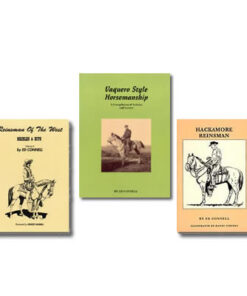
Ed Connell Collection Special
5.00 out of 5$67.95Original price was: $67.95.$60.00Current price is: $60.00.Brands:Ed ConnellAdd to cart -
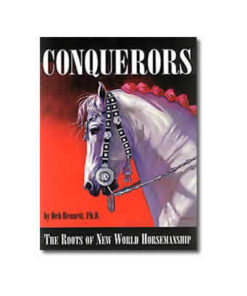
Conquerors: Roots of New World Horsemanship by Dr. Deb Bennett
5.00 out of 5$49.95Brands:Deb Bennett, Ph.D.Add to cart -
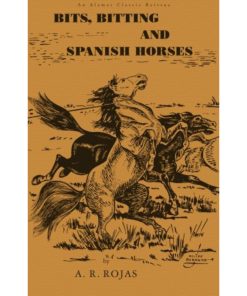
Bits, Bitting and Spanish Horses by A.R. Rojas
5.00 out of 5$20.00Brands:Alamar Media Inc.Add to cart
Related products
-
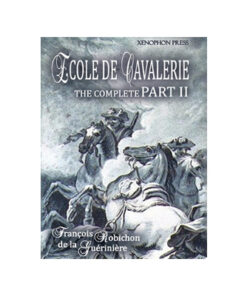
Ecole de Cavalerie Part II – Expanded
0 out of 5$34.95 Read more -

Eclectic Classroom: Introducing The Young Horse to the Hackamore with Mike Bridges
0 out of 5$25.00 Read more -
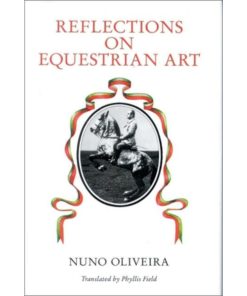
Reflections on Equestrian Art by Nuno Oliveira
0 out of 5$35.00Brands:Nuno OliveiraAdd to cart -
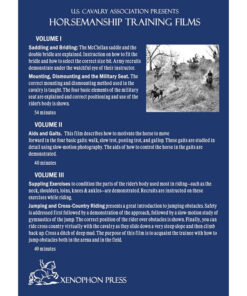
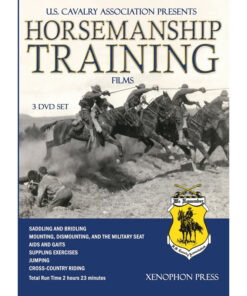
US Cavalry Training Films – 3 DVD set
0 out of 5$39.95 Add to cart -
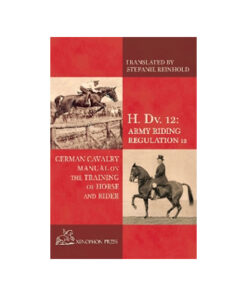
H. DV. 12 German Cavalry Manual: Training Horse & Rider
0 out of 5$34.95Brands:Dr Gerd HeuschmannRead more

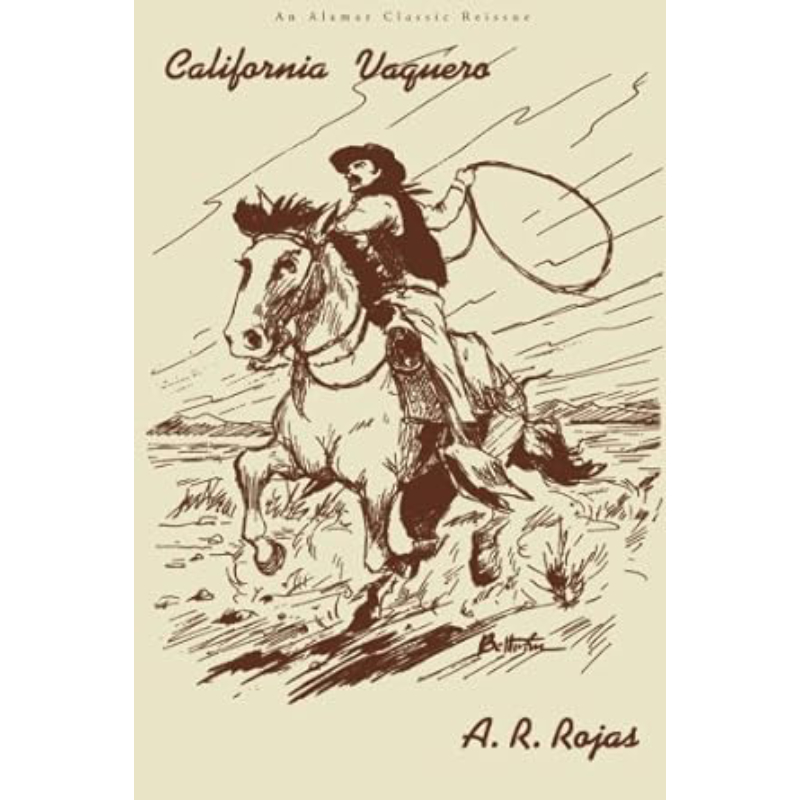

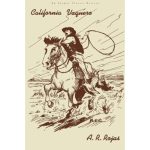
Nona Perez (verified owner) –
I have always loved campfire stories after a long, hard and dusty day. This is what California Vaquero is; a delightful collection of stories that pull the reader into a time gone by. It’s easy to romanticize about the past. We hold onto traditions and some work is still done in the same way by necessity, some by choice. These stories bring the past to life, with information within them that illustrate why certain gear is used, why animals are handled in certain ways, how tough life can be and how character is built through experience of hard knocks and sometimes life threatening lessons. Sometimes funny, sometimes heartwarming, sometimes sad or scary or thought provoking, the stories are a joy to read.